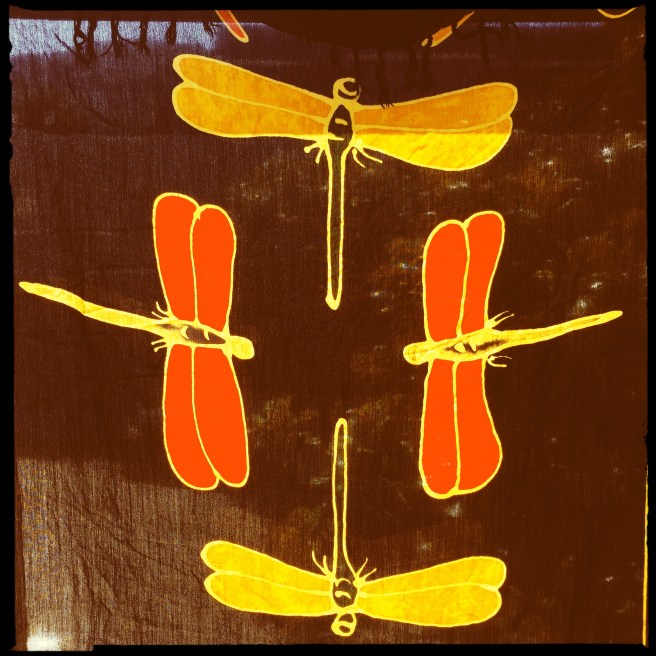Legends, Traditions, and Tales of Nauru, Timothy Detudamo, 2008 (written in 1938)
- Nauru, #1
- Borrowed from SF library
- Read December 2016
- Rating: 3/5
- Recommended for: literalists
Timothy Detudamo, Head Chief of Nauru from 1931-1942 and 1946-1953 (his governorship was interrupted by the Japanese occupation during WWII), wrote down these stories and descriptions of life on Nauru in 1938, though why it remained unpublished until 2008 is something I have not been able to determine. The title pretty much says it all: it’s a slim volume, divided into three unequal sections for legends (mythology, more or less), traditions (descriptions of customs and rituals), and tales (folklore). It’s hard to say exactly what distinguishes the legends from the tales, except that the tales are less boring and have more animals in them. It’s the kind of thing I’m generally trying to avoid reading, being, as it is, not so much literature as anthropology (though at least this was written by a Nauruan and not by an outside observer), but this was fairly painless (due largely to its clarity and less-than-100-page length). The section on traditions was unexpectedly interesting; the legends were a series of tales about mythical warriors and their parentage, and tended to drone on a bit. The tales, though, were often startling and for folk tales mostly had unexpectedly upbeat endings. Throughout all three sections, it was the little details that made the book for me–such little nuggets as the fact that after a woman gives birth, all the local men have a boxing match so that she won’t have been the only one to suffer. Or this wonderful quote: “His parents did not want him to be a warrior for they did not want to lose him. They wanted him to be a snarer of fish or a frigate bird expert.” (If I had a penny for everyone whose parents pushed them to be a frigate bird expert…) Or the fairly obscure moral of the story in which a man takes an inexplicable dislike to his wife and thirty daughters and goes off to live by himself in a hut by the sea until they all commit suicide, after which “he hurried away to try to stop them. But he was too late, for they were all dead when he arrived. Now he bitterly regretted what he had done, so he picked up a large stone and beat his head with it until he too died.” I mean, I guess the moral is, don’t abandon your wife and tell your daughters that they stink and you hate them and refuse to explain yourself if you’re going to be upset when they kill themselves, but that seems like weirdly specific advice for a folk tale.
There is a list of Nauruan games at the end of the book, which further endears the culture to me:
Akurenoe: catching dragonflies with two small stones joined by a woman’s hair (or manila fibre)
Ekebraro: Throwing smouldering pandanus at one another
Idauw: Native boxing – party of men rushing to another district and challenge local men to rounds of boxing
Uque Tubwurini: Throwing small green coconuts at one another
My favorite part, though, has to be the least informative glossary I’ve ever had the pleasure of running across, which reads like absurdist poetry, and I will leave you with an excerpt:
Eaeoquar: A type of fish
Eakaberere: A type of sport
Earu n eded: A type of fishing line made from hibiscus bark
Earu n eiror: A type of fishing line made from hibiscus bark
Earu n gatimor: A type of fishing line made from hibiscus bark
Earu n kagaga: A type of fishing line made from hibiscus bark
Earu n oquoe: A type of fishing line made from hibiscus bark
Eatu n anape: A type of fishing line made from hibiscus bark
Ebaba: A type of food
Ebawo: A type of fish




I’m so thrilled with your writing that I’ve almost recovered from the disappointment that you chose not to pursue a career as a frigate bird expert.
LikeLiked by 1 person